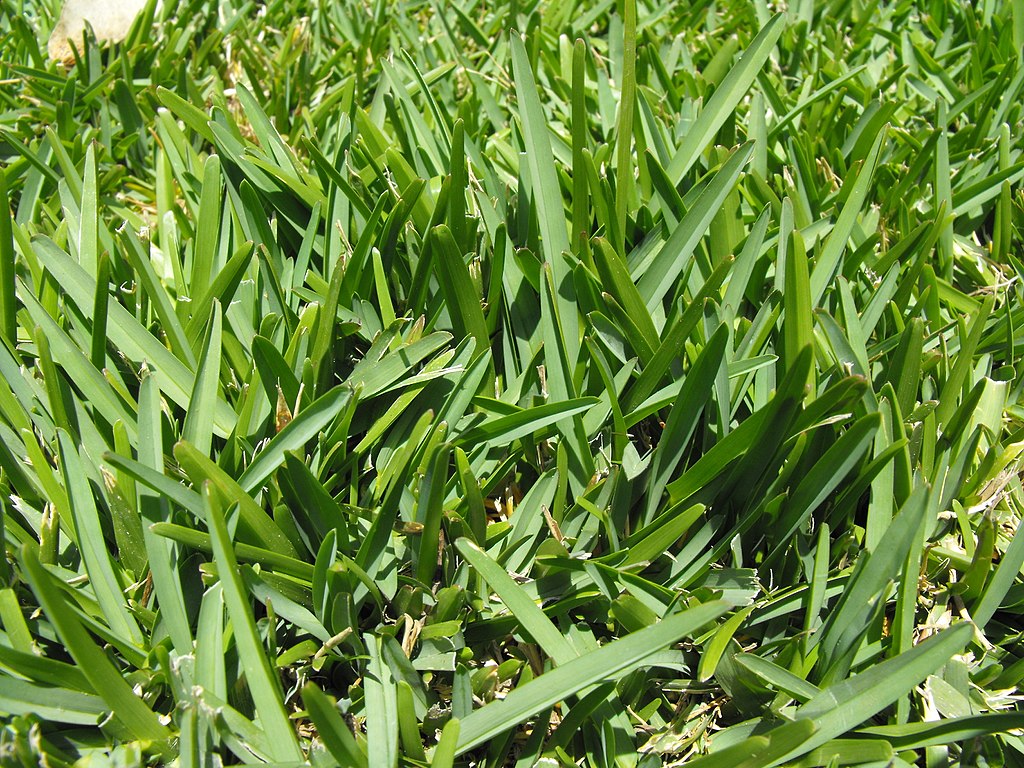How to Maintain St. Augustine Grass on Commercial and Residential Lawns

You can't go wrong with St. Augustine grass when planning your landscape. Also known as Stenotaphrum secundatum, it's one of the most popular varieties of lawn grass in Florida. St. Augustine features a uniform sod-like consistency that looks amazing no matter where it's used. Like all lawn grasses, though, it still requires maintenances. You'll need to maintain your landscape's St. Augustine grass to take advantage of its attractive appearance.
Mow to 3 to 4 Inches
When mowing St. Augustine, adjust the blade on your lawnmower to achieve a height of about 3 to 4 inches. Mowing it shorter than 3 inches will leave it susceptible to dehydration and heat-related damage. Mowing it taller than 4 inches, on the other hand, will result in an overgrown landscape that looks messy and unkempt.
Fill Bare Patches
If you discover any bare patches in which there's little or no St. Augustine growing, you should seed them. St. Augustine offers a high level of protection against weeds. With its sod-like consistency, it will crowd out weeds and other unwanted plants so that they don't have the opportunity to take root. Bare patches, of course, offer an ideal environment for weeds to grow. You'll need to fill these bare patches with new seed to keep weeds out of your landscape.
Water During Dormancy
You should consider watering your St. Augustine when it's dormant. Like most lawn grasses, St. Augustine enters a dormant state when the temperature begins to drop. Dormancy is a natural defense mechanism that's designed to protect grasses from harm. Upon entering a state of dormancy, St. Augustine will grow more slowly while conserving its energy. St. Augustine still needs water during dormancy. If there's a dry spell in your area, use a sprinkler to give it about 1 to 2 inches of water every other week.
Use the Right Fertilizer
If you're going to fertilize St. Augustine, you'll need to choose the right type of fertilizer. Look for a slow-release fertilizer that contains a high concentration of nitrogen. St. Augustine thrives on nitrogen. Nitrogen will provide your St. Augustine with food, allowing for a healthier landscape. Keep in mind that fertilizer isn't needed for all St. Augustine landscapes. St. Augustine is a versatile warm-season grass that grows fast and easily in Florida. Nonetheless, you can use fertilizer to stimulate the growth of new St. Augustine grass. Just remember to choose a fertilizer with high concentration of nitrogen.
This article was brought to you by Palmetto Coastal. For more articles, tips and news for your commercial landscaping and maintenance needs, please visit us at our website.
Recent Posts
- Whats the Best Way to Edge Flowerbeds?
- An Introduction to Gabions and How They Work in Landscapes
- What Is Bush Hogging? Here's What You Should Know
- 5 Best Practices for a Neighborhood Entrance
- 5 Things to Consider When Choosing a Commercial Landscaping Company
- Are you overwatering your landscape? Here are signs to look for.
- The Dos and Don'ts of Pruning Shrubs
- An Introduction to Ground Covers in a Commercial Landscape
- Cool Season vs Warm Season Grasses: What's the Difference?
- Real vs Artificial Turf Grass Which Is Best for Your Commercial Landscape

